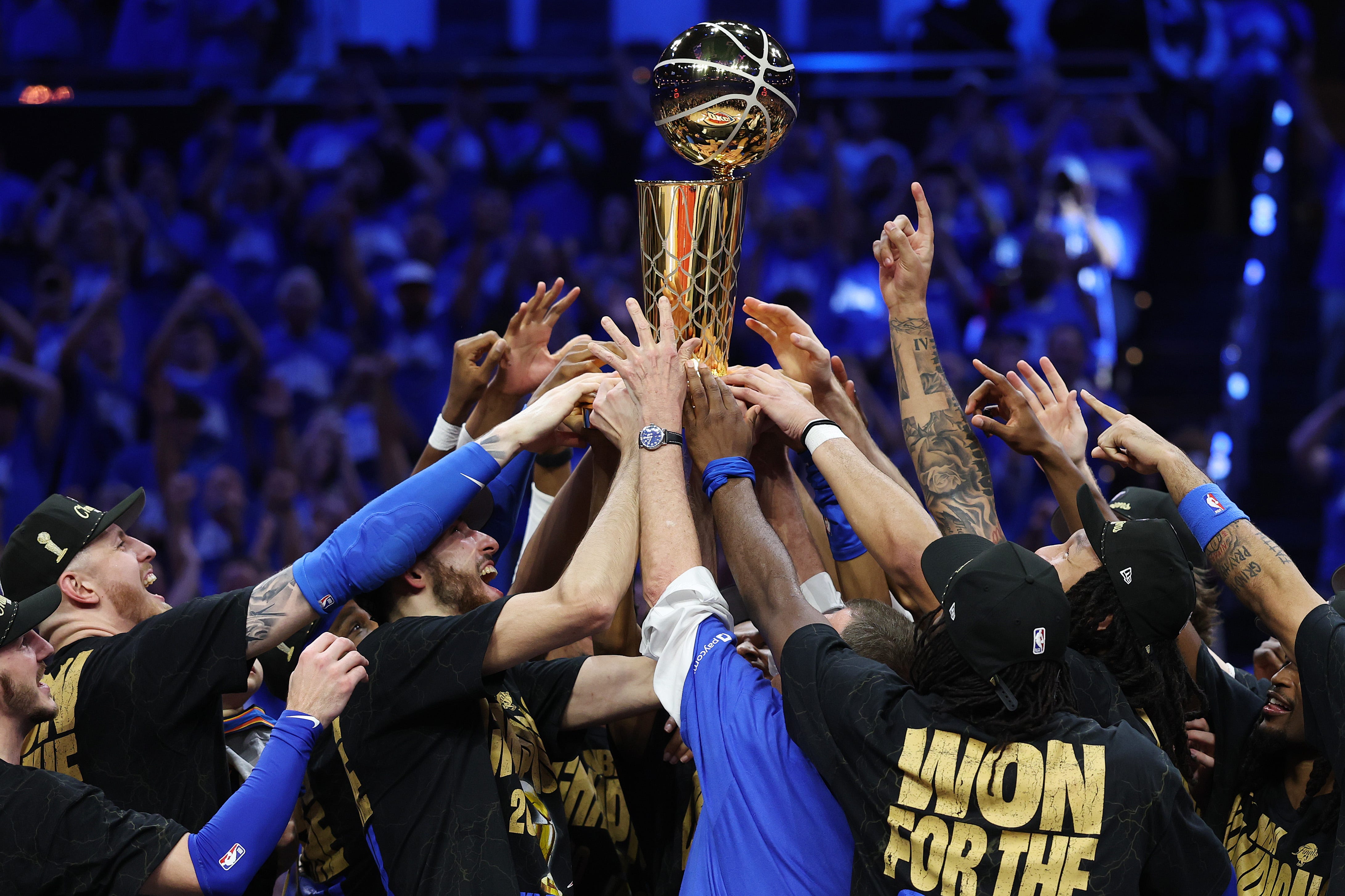How to be the Thunder
Your team's too itchy

If you’re like most NBA fans, since watching the Thunder win the first of many titles in Sunday’s Game 7:
You’ve been hoping your team can be like the Thunder.
You hope the first step toward your better tomorrow is literally tomorrow, the first day of the 2025 NBA draft.
It’s not going to happen, because your team’s front office can’t keep up with Sam Presti when it comes to thinking long term. As Bobby Knight once said: “Everyone wants to win. But not everyone wants to prepare to win.”
What team has Presti’s ability to think long term? Daniel Kahneman’s book Thinking Fast and Slow is a tough ol’ read, but for sure he deserved the Nobel Prize for teaching us how our brains work. In our human heads, our patterns of thinking tend to fall into one of two categorie…
Keep reading with a 7-day free trial
Subscribe to TrueHoop to keep reading this post and get 7 days of free access to the full post archives.

